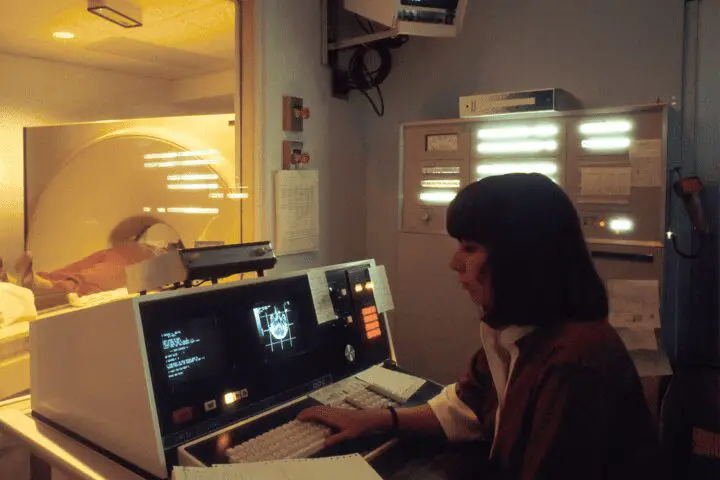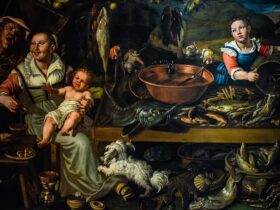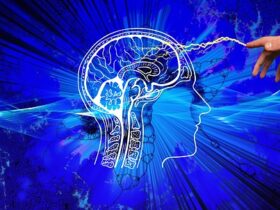OpenAI’s DALL-E 2 is an advanced AI model that builds upon the achievements of its predecessor, the original DALL-E, which was already known for its groundbreaking capabilities. DALL-E 2 is part of a new generation of AI models developed by OpenAI, with a primary focus on generating creative and context-aware content, particularly images based on textual descriptions. In this analysis, we’ll delve into what DALL-E 2 is, how it functions, and the diverse applications it serves.
Introduction to DALL-E 2
DALL-E 2, an AI model developed by OpenAI, serves as a sibling model to the original DALL-E. The initial DALL-E was designed to generate images from textual prompts, and its name cleverly combined “DALI” (a reference to the surrealist artist) with “WALL-E” (the beloved animated robot character). DALL-E 2 represents a significant leap forward in the realm of generative AI models. It excels at understanding and creating images based on textual descriptions, demonstrating high levels of creativity and context awareness.


Functionality of DALL-E 2
DALL-E 2 relies on a combination of techniques drawn from deep learning, natural language processing (NLP), and computer vision to operate effectively. Here’s a simplified overview of its functioning:
- Training Data: DALL-E 2 undergoes training on an extensive dataset comprising text-image pairs. These pairs consist of textual descriptions paired with corresponding images. Throughout the training process, the model learns to establish associations between textual inputs and image outputs.
- Encoder-Decoder Architecture: Like many AI models, DALL-E 2 adopts an encoder-decoder architecture. The encoder handles the input text, converting it into a latent representation, while the decoder takes this representation and generates the corresponding image.
- Text-to-Image Synthesis: DALL-E 2’s decoder is the core component responsible for image generation. Drawing upon the knowledge acquired from the training data, it synthesizes images that align with provided textual descriptions. The decoder combines its understanding of textual prompts with its learned understanding of shapes, objects, and contexts to craft these images.
- Conditional Generation: DALL-E 2 excels in conditional image generation. This means that users can furnish it with specific textual prompts, and it will generate images that match the descriptions contained within those prompts. For instance, if tasked with generating “a two-story pink house shaped like a shoe,” it will endeavor to create an image that corresponds to this imaginative description.
- Fine-Tuning: OpenAI engages in fine-tuning the model to ensure it meets its intended objectives. This fine-tuning process might involve optimizing image quality, enhancing creativity, or refining other specific attributes.
- Controlled Creativity: DALL-E 2 incorporates user controls that enable individuals to influence the degree of creativity exhibited in the generated images. Users can dictate how closely the generated image adheres to the textual description or encourage more inventive interpretations.


Applications of DALL-E 2
DALL-E 2’s capabilities are multifaceted and adaptable, making it a valuable tool across various domains:
- Creative Art and Design: Artists and designers can employ DALL-E 2 to ideate and visualize concepts. It has the capacity to generate unique and imaginative images based on textual descriptions, serving as a wellspring of inspiration for a multitude of creative projects.
- Content Creation: Content creators can harness DALL-E 2 to generate captivating visuals for articles, blogs, or social media posts. It expeditiously produces customized images that align seamlessly with specific content themes.
- Product Design: In the realm of product design and prototyping, DALL-E 2 aids designers in visualizing concepts. For example, it can craft product sketches grounded in textual specifications.
- Visual Storytelling: Authors and storytellers can rely on DALL-E 2 to breathe life into their narratives. It generates illustrations suited for children’s books, graphic novels, or visual storytelling endeavors based on textual directives.
- Conceptualization: DALL-E 2 proves invaluable for brainstorming and idea generation. Those in search of innovative concepts or novel ideas can present textual prompts, and they will generate corresponding visuals.
- Artificial Imagery: Researchers and developers find utility in DALL-E 2 for crafting artificial imagery applicable in diverse contexts, including data augmentation for machine learning models and the creation of virtual environments.
- Visual Accessibility: To enhance accessibility, DALL-E 2 assists in making content more visually comprehensible. It generates image descriptions or alternative visuals tailored to aid individuals with visual impairments.
- Tailored Image Generation: Users can stipulate highly detailed and customized visual requisites. Whether it’s requesting images of fictional creatures, futuristic landscapes, or intricate visual concepts, DALL-E 2 can oblige.
In conclusion, OpenAI’s DALL-E 2 represents a significant stride in AI-driven content generation, especially in the domain of generating images based on textual descriptions. Its proficiency in comprehending context, applying creativity, and crafting images aligned with specific prompts introduces a multitude of possibilities for creative professionals, content creators, designers, and researchers. By amalgamating deep learning, NLP, and computer vision techniques, DALL-E 2 epitomizes the potential of AI in furnishing context-aware and imaginative visual content, ushering in a transformative approach to conceptualization and visualization.



































I have read some good stuff here. Certainly price bookmarking for revisiting. I wonder how much effort you place to make this kind of fantastic informative website.
Greetings from Colorado! I’m bored to death at work so I decided to browse your site on my iphone during lunch break. I love the knowledge you provide here and can’t wait to take a look when I get home. I’m amazed at how quick your blog loaded on my phone .. I’m not even using WIFI, just 3G .. Anyhow, wonderful blog!